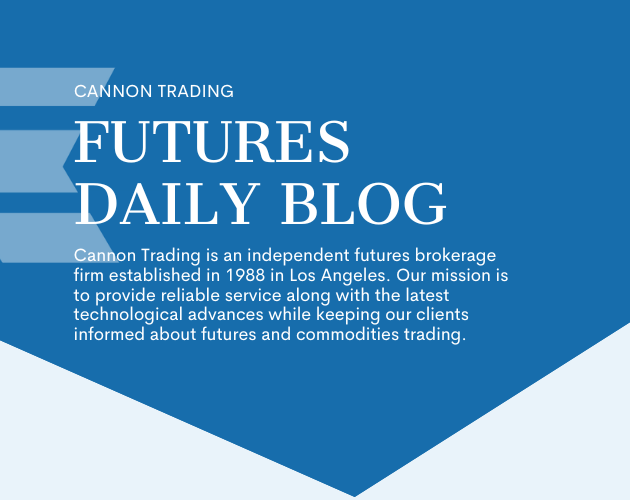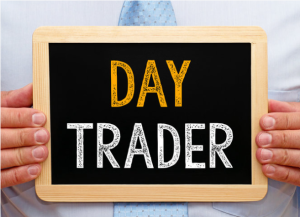Day Trading Margins
In recent weeks on various days, market volatility and the commensurate risks of trading have soared. Daily price ranges for assets like the major stock index futures (S&P 500, Nasdaq 100, Dow Jones, Russell 2000), gold, crude oil, the U.S. Dollar Index & foreign currency futures have awed market participants.
For example, June gold futures closed on nine days this month with a >$100 per ounce price range, a $10,000 per contract move between its daily high and low trades. Even less-reported markets like cattle, cocoa and coffee have made major daily price moves, often in multiday streaks.
As a result, the major exchanges where these market trade, i.e., CME Group and ICE, have increased the day trading margin requirements for many of the futures contracts exhibiting these outsize moves. As well, clearing firms have followed with increases in the margins required to trade these futures contracts intraday. These are their day trading margins.
It is obviously important for traders to know the risks involved in trading and that includes knowing the day trading margin requirements for the futures contracts you’re trading. The exchanges’ margin requirements are applied to all futures contracts uniformly for trades held overnight or longer.
On the other hand, day trading margins can differ among clearing firms. Also, some days clearing firms will set day trading margins differently at different times of the day. For example, day trading margins may be set higher during the nighttime hours of the day and reduce them during daytime hours.
Moreover, clearing firms determine day trading margins in different ways. Some set a “flat rate” for day trading margins, others calculate it as a percentage of the exchanges’ margin requirements.
Before you enter any futures position, plan your trade, including check know the margin requirement and day trading margin requirement of the futures you’re about to trade. Definitely get in touch with your Cannon broker for any assistance with these.
Day Trading Margins
|



